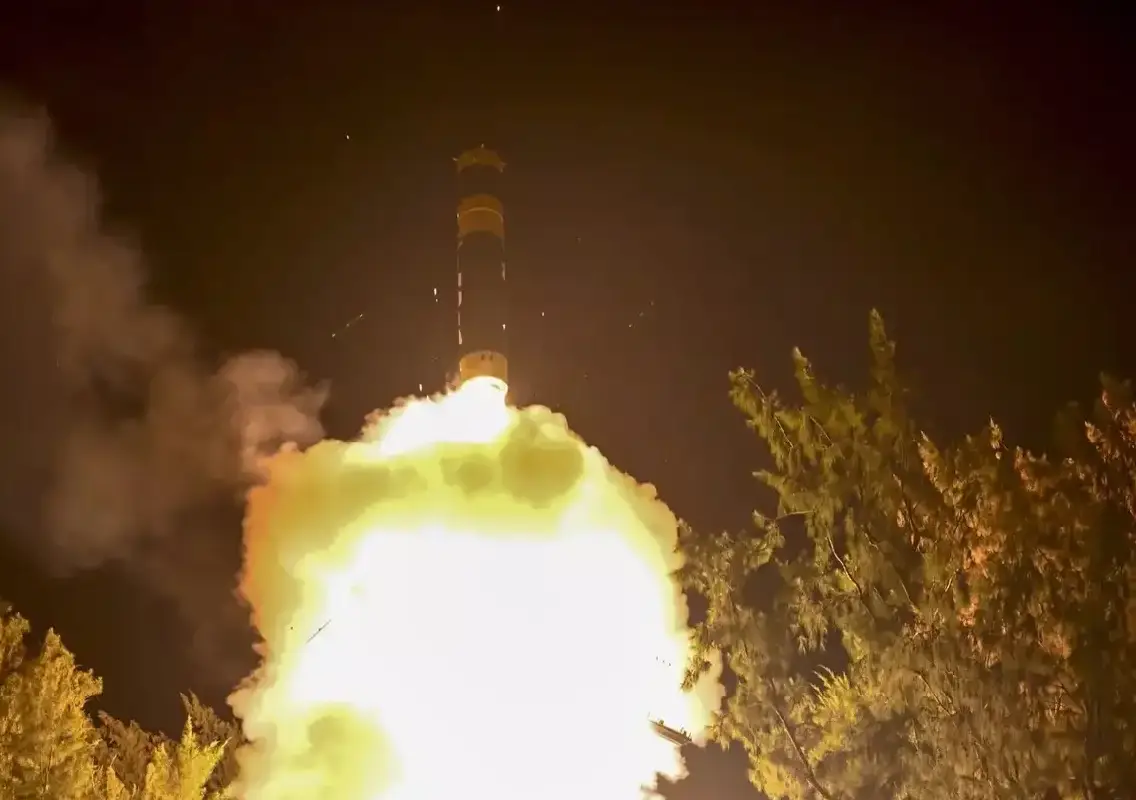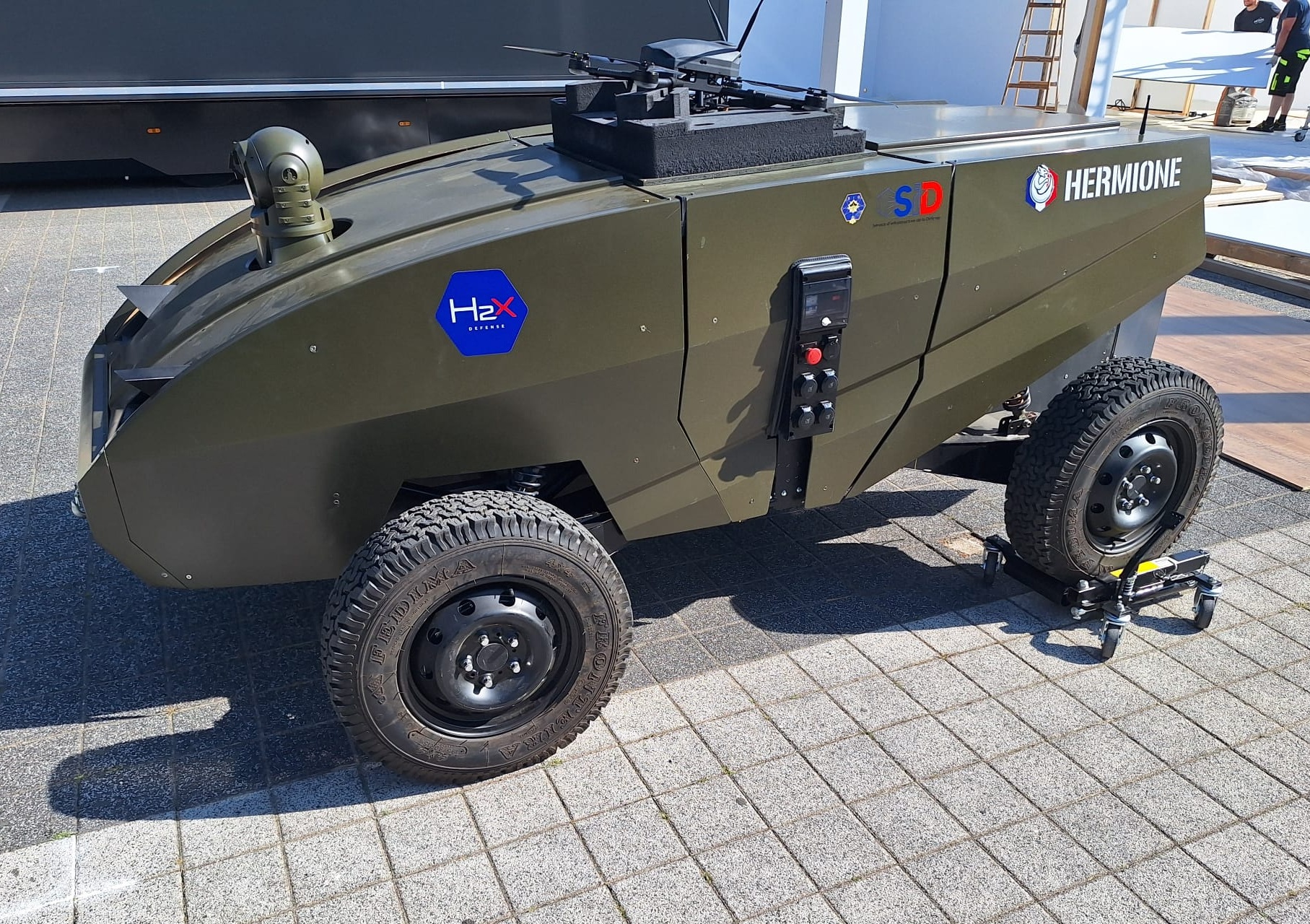By News Karnataka Editorial Team
Copyright newskarnataka

New Delhi: India demonstrates rail-based Agni-Prime missile capability
India on Thursday successfully conducted a test launch of the intermediate-range Agni-Prime missile from a rail-based mobile launcher system, marking the first-ever test of its kind using a platform integrated with the national railway network. Defence Minister Rajnath Singh confirmed the successful launch on X, calling it a “first-of-its-kind launch” that enhances India’s strategic deterrence capabilities.
“The first-of-its-kind launch carried out today from a specially designed rail-based Mobile Launcher has the capability to move on the rail network without any preconditions, allowing users cross-country mobility and rapid launch with reduced visibility,” Singh said.
Agni-Prime: Next-generation strategic missile
The Agni-Prime is an intermediate-range, next-generation ballistic missile capable of striking targets up to 2,000 kilometres away. It follows previous tests of India’s advanced missile arsenal, including Agni-5, which was trialled in March 2024 under ‘Mission Divyastra’ and showcased MIRV (multiple independently targetable re-entry vehicle) capability.
India has carried out the successful launch of Intermediate Range Agni-Prime Missile from a Rail based Mobile launcher system. This next generation missile is designed to cover a range up to 2000 km and is equipped with various advanced features.
The first-of-its-kind launch… pic.twitter.com/00GpGSNOeE
— Rajnath Singh (@rajnathsingh) September 25, 2025
MIRV-equipped missiles can carry 3–4 nuclear warheads, each aimed at different targets. Currently, India’s Strategic Forces Command (SFC), formed in 2003, operates primarily single-warhead missiles. The Agni-Prime test is a significant step in enhancing India’s strategic strike options with mobile, canisterised missiles capable of rapid deployment.
Significance of the rail-based mobile launcher
Unlike traditional road or fixed missile launchers, the rail-based system provides mobility across the national railway network, allowing missiles to be moved discreetly across the country and launched within a short reaction time. This capability reduces vulnerability and enhances survivability, reinforcing India’s strategic deterrence posture.
According to the Defence Ministry, the test positions India among select nations that have successfully developed a canisterised missile launch system from a mobile rail network—a critical advancement in strategic military technology.
Previous tests and strategic context
This successful rail-based test follows a recent launch of the Agni-Prime missile in August 2025 at Chandipur, Odisha, which verified the missile’s performance, accuracy, and readiness for operational deployment. India has been steadily developing next-generation missile systems to maintain credible deterrence in a region with evolving security challenges.
The Agni-5, a solid-fuelled, three-stage missile, has previously been tested in canister-launched configuration, allowing rapid deployment and higher operational flexibility. The combination of rail mobility and canisterisation makes Agni-Prime a highly survivable and responsive system.
The successful test of the Agni-Prime missile from a rail-based mobile launcher highlights India’s growing capabilities in strategic missile technology. With enhanced mobility, rapid launch readiness, and advanced targeting capabilities, India strengthens its position among nations with credible and modernised strategic deterrence.



